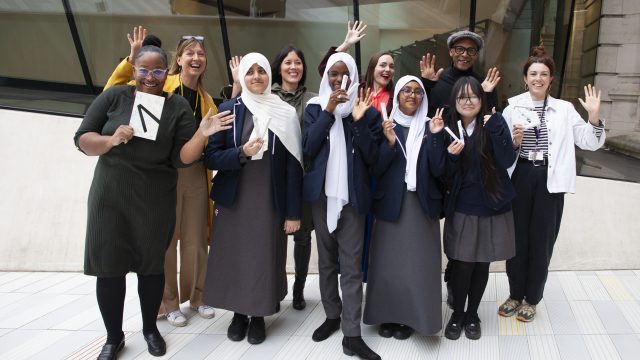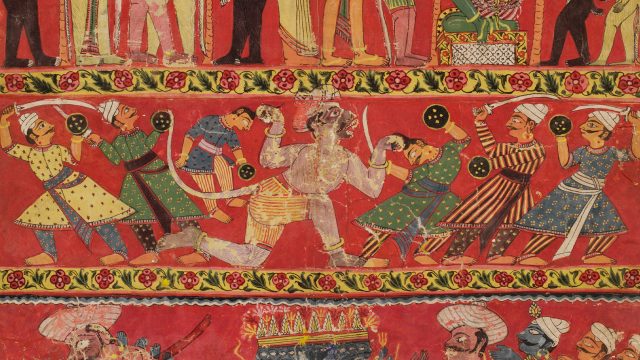Sława Harasymowicz is a mixed media visual artist who won both the Book Cover Illustration Award and Editorial Illustration Award in 2009. She had previously been commended for her student entry in 2005. With a commendation and a double win under her belt, we invited her back to judge the Student Award in 2010.
Her artistic practice covers a wide range of media and explores the subject of memory, history and trauma, to name but a few. When not working on her personal projects, she is a lecturer at the University of the Creative Arts and the Royal College of Art. With such a varied portfolio and wealth of experience and knowledge, I thought it would be nice to hear more from Sława.
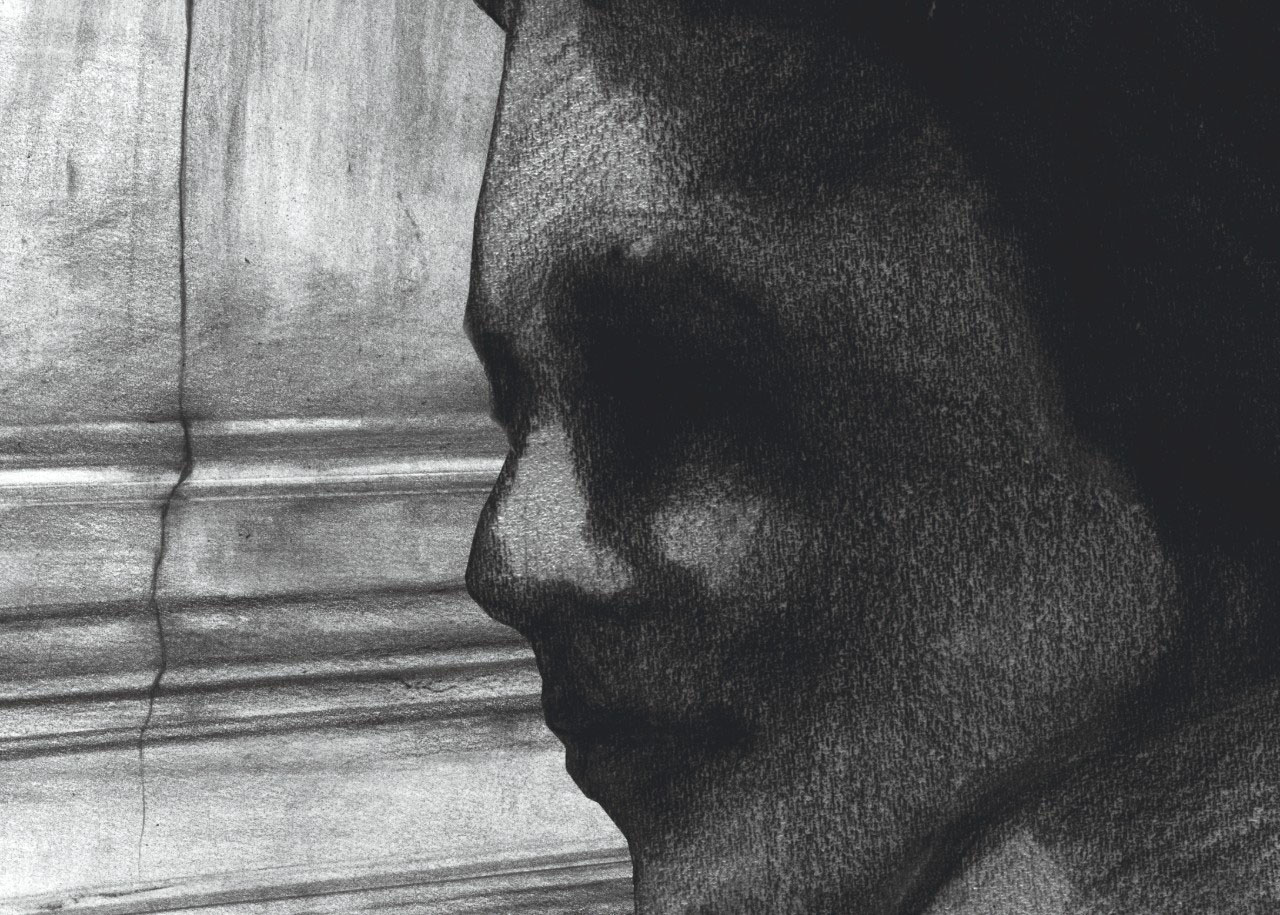
What attracted you to the visual arts?
My childhood books might have had something to do with it.
I constantly drew over books illustrated by Jan Szancer, Marian Stachurski, Janusz Stanny, Olga Siemaszko, to name a few. Before starting school, I attended art classes on the top floor of what then seemed to me to be an absolutely enormous ex-YMCA modernist building in my hometown Kraków. It was a real studio, and it was another world where I felt really comfortable.
How did it feel to win the V&A Illustration Awards for two categories in the same year?
The V&A is special. It made me feel part of the V&A, even if for one evening, a little like a Cinderella. The double win was also good for my self-esteem. My work did not look like much illustration I could see and at that point I was questioning my practice and what to do next.
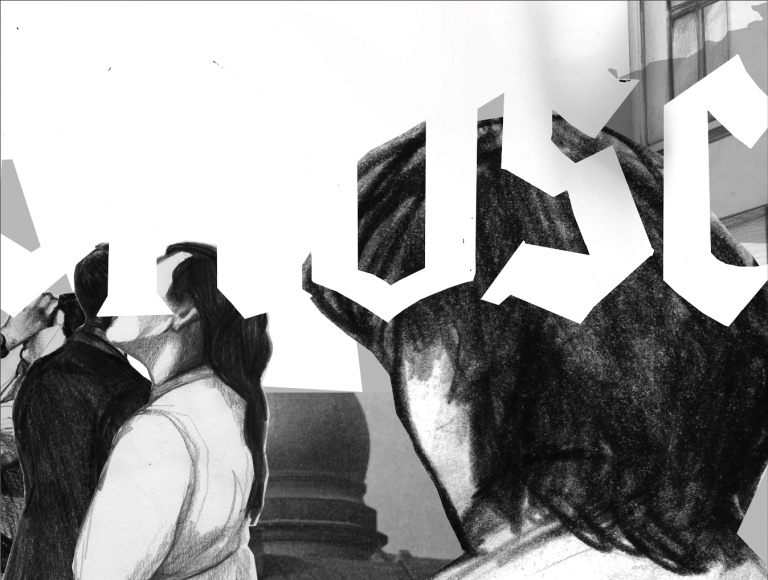
Celebrating your wins and strength of practice, you were subsequently invited to judge the 2010 Student Award, how did that feel to be invited and what was the experience like?
As visual artists and practitioners it was the pleasure of looking through these images, though underpinned by slight panic involving the necessity of having to choose just two winners.
In the end, it was about looking for someone who stands out, takes a risk, does not over-mediate content, does not follow a trend, and shows potential.
All in that one image, or so… It was wonderful to be invited, though!
Tell us more about your practice as a mixed media artist…
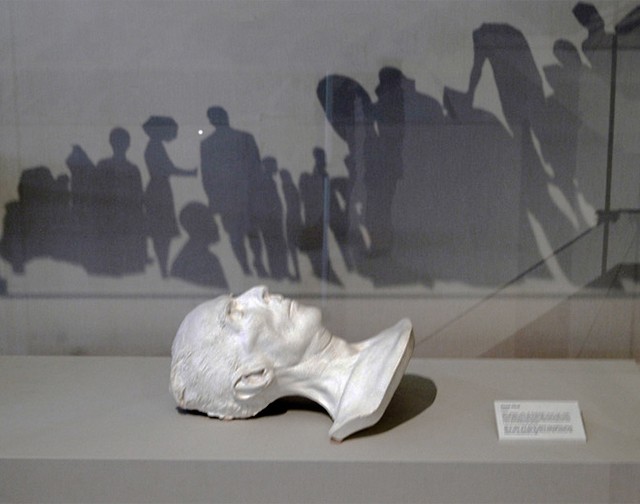
It all depends on what I want to say, but I often use drawings and prints, not necessarily on paper, moving image, sound, objects. I often make site-responsive installations, these are unique, sometimes intentionally transient actions. Actually, they end up being almost invisible because I am constantly behind with documenting my work. Drawing is key, although not necessarily as a way to construct an image.
I often work with found footage and archives and I am interested in document, copy and erasure.
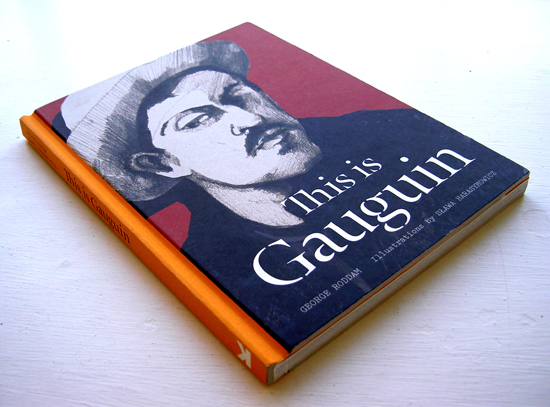
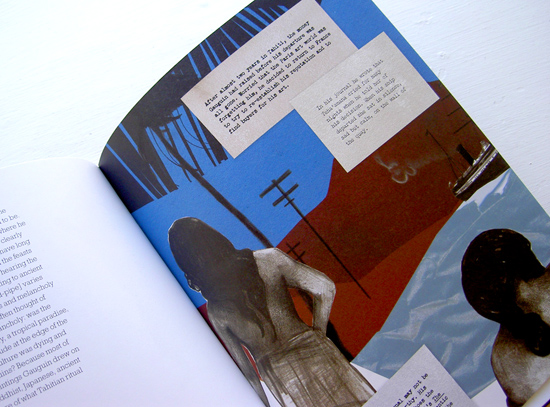
How does illustration feature in your current practice?
I have actually just finished a book cover for Penguin Classics. I enjoyed it a lot, but this was the first commissioned illustration I made in a few years, after book work for Laurence King. When I started, it was a thrill to see my work in print media. I won’t forget my illustrations accompanying a short story in one of the editions of Guardian Weekend Magazine, which also featured a long interview with Iggy Pop.
I enjoyed the adrenaline of producing images to short deadlines,
but ultimately my practice has evolved in a different direction. But, although illustration is a different type of narrative, book work in particular is to me as intellectually and conceptually challenging, I choose the direction and it can also be quite refreshing, so this type of illustration definitely is part of my practice – even though I seem to be not doing much of it at the moment.
Have you ever felt discouraged, if so, how did you overcome that feeling?
Frankly, there is so much I want to do that I don’t even think about feeling discouraged.
My process can be time intensive and sometimes the lack of metaphorical space to properly focus on the work can be frustrating. I try to just get through it.
What projects have you been working on recently?
A couple of funded projects including artist’s books and exhibitions in London and Warsaw, in 2020. One is about a rather uncanny building and the many changing roles it played as ‘home’ over several decades, and the other looks at censorship in the context of a catastrophic event from the very last days of the second world war. I am also sketching ideas around a book of images and poetry (not my poetry, but translated by me).
How do you overcome creative blocks?
Read something, go for a long walk at low tide, talk to someone, look closely at really good art. Not necessarily in that order.
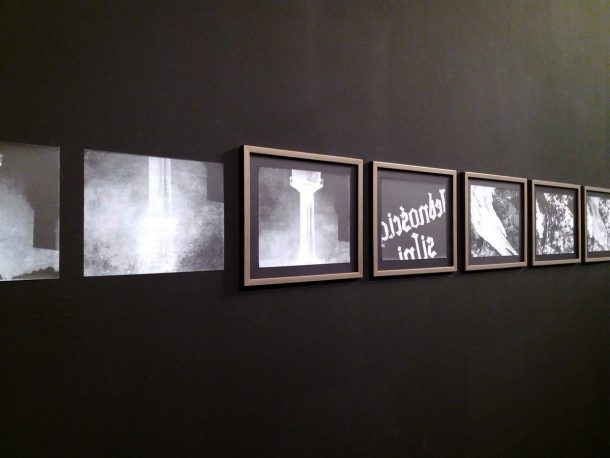
Which of your projects has been an important factor in developing your personal style?
I don’t really think about style… In any case, it must be The Wolf Man, a graphic novel published by Self Made Hero, London, and also an exhibition at Freud Museum London. It could not have been better: to have a show about suppressed memory and dreams in Sigmund Freud’s own bedroom!
It made me really interested in working with the possibilities of narrative as a book and in site-responsive installation.
You currently occupy posts teaching and lecturing at the University for the Creative Arts as well as a visiting lecturer at the Royal College of Art in Visual Communication – given your wealth of knowledge and experience how do you think students would benefit from entering the awards?
The Awards are an opportunity to make your work visible. For the majority of students, it will be one of the earliest opportunities to participate in such a prestigious competition.
The whole experience matters: selecting, re-evaluating work and presenting it outside of the college context.
Plus, there are no barriers – it is free to enter, the process is really simple and does not require additional purchases, there really is nothing to lose.
What is the most poignant piece of advice you’ve ever been given?
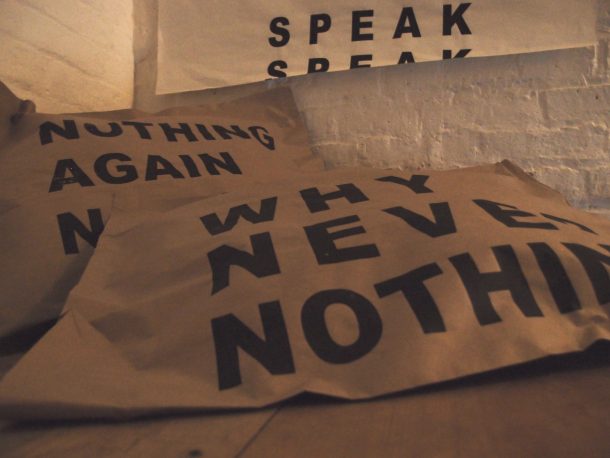
I can’t remember a single piece of advice, anything that I could wrap up in a quote, although I do remember conversations that were important.
To talk ideas through is always useful
Even if I end up doing exactly what I wanted to do in the first place, because to ‘say it’ just helps to make it real.
See more of Sława’s work on her Instagram @s_harasymowicz and see her installation work on her website.
Entry to the V&A Illustration Awards has now closed.
The shortlist will be announced in April 2020.
A short history of the V&A Illustration Awards and a complete list of past winners can be found on our website.

